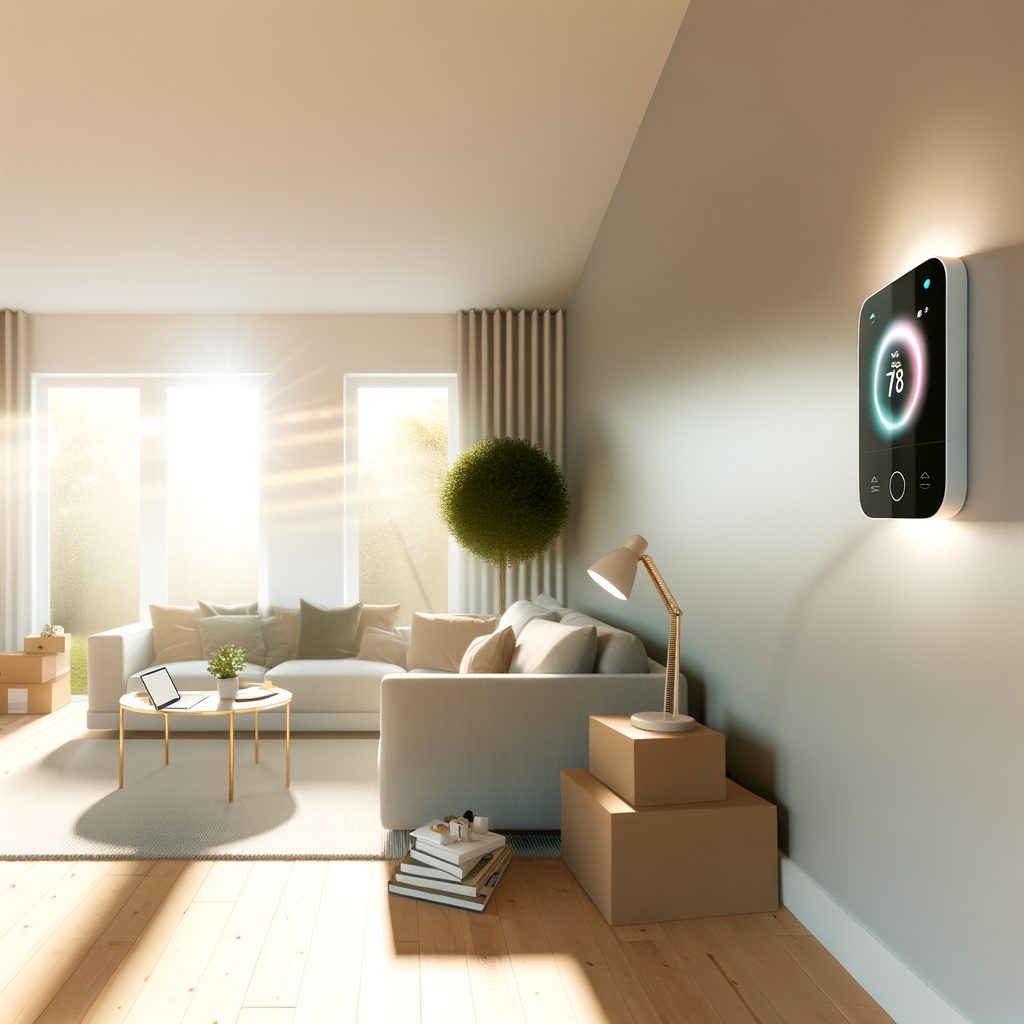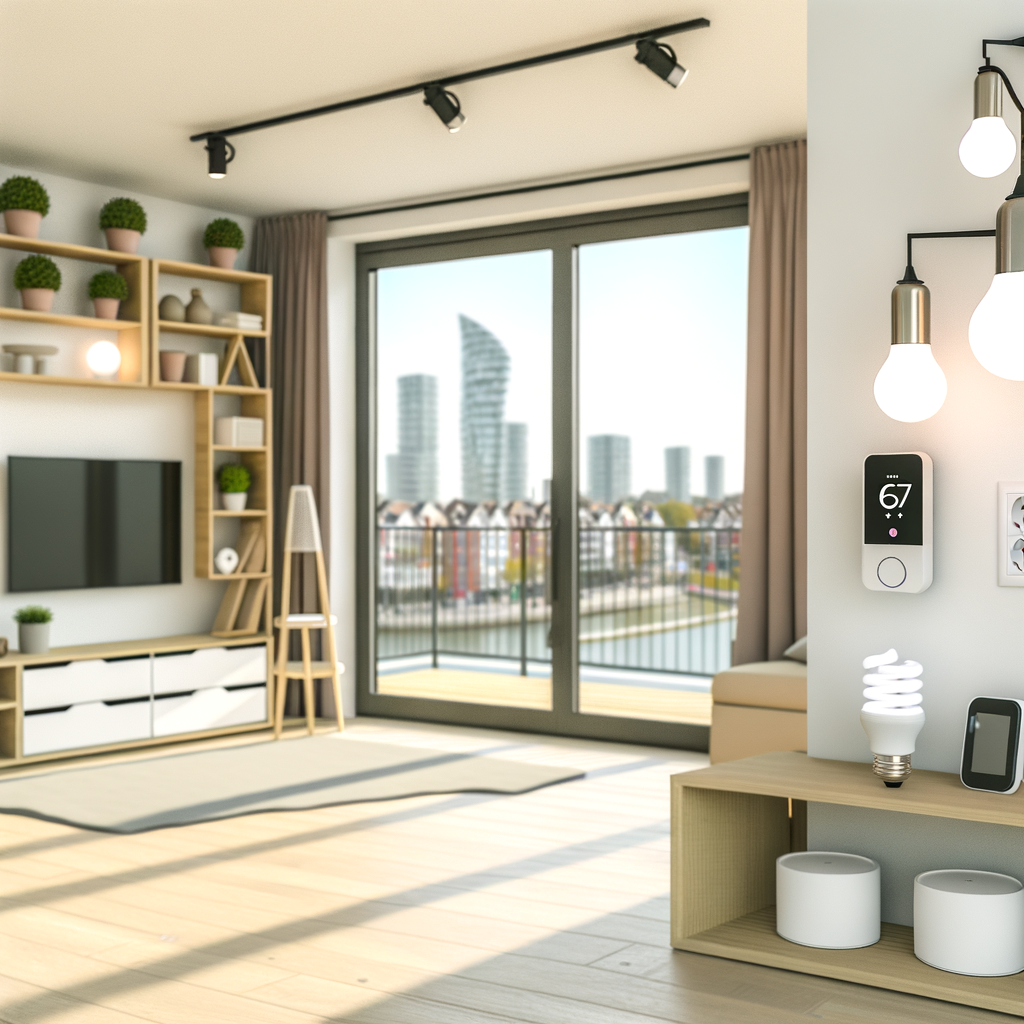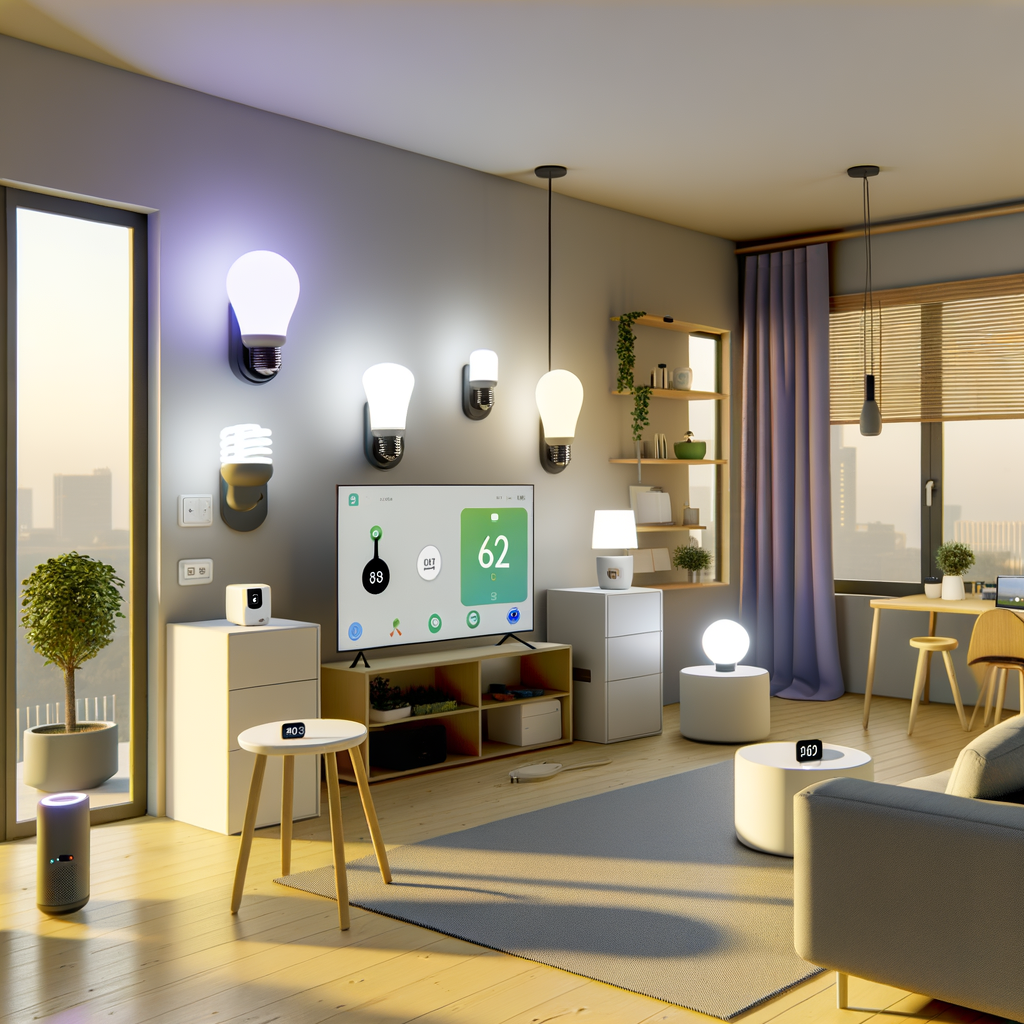Myth-Busting Smart Thermostats: Are They Really Worth It for Renters?
Smart thermostats have sparked a lot of buzz in the last few years. With promises of slashed utility bills, customized comfort, and eco-friendly living, they seem like a dream come true for homeowners and renters alike. But are these claims too good to be true, especially for those of us living in apartments or rented homes? Let’s separate fact from fiction and see what smart thermostats can (and can’t) do for renters.
What Is a Smart Thermostat?
Before busting any myths, let’s define what a smart thermostat actually is. In simple terms, a smart thermostat is a Wi-Fi-enabled device that automatically adjusts your home’s heating and cooling for optimal performance and energy savings. Unlike traditional thermostats, smart models often:
- Learn your schedule and preferences
- Can be controlled remotely via smartphone or voice assistant
- Track and report energy usage
- Integrate with other smart home devices
Popular brands include Ecobee, Google Nest, and Honeywell Home. But the key question remains: Are they really worth it for renters?
Common Smart Thermostat Myths Explained
Myth #1: “Smart thermostats save everyone lots of money instantly.”
Partially True. The impressive statistics you see on smart thermostat boxes—“Save up to 23% on energy bills!”—are based on optimal use for a typical detached home. Real-world savings for renters vary:
- Heating/Cooling Control: If your rental has central HVAC and you pay for heating/cooling, a smart thermostat can help you save—potentially $50–$150 annually.
- Shared Systems: If your building’s climate is centrally controlled, or heating is included in rent, the thermostat might not affect your bill at all.
- Individual Room Units: Most smart thermostats don’t control window A/C units or radiators without additional hardware.
Takeaway: Check if you control and pay for your home’s heating and cooling system. If not, savings will be limited.
Myth #2: “You can’t install a smart thermostat if you’re a renter.”
False! Many renters believe they need the landlord’s permission, or that installation is permanent and complicated. In reality:
- Installation is often straightforward. Most systems require only basic wiring—no wall damage or serious tools needed.
- Many thermostats are easy to uninstall. If you move, you can typically reinstall the original thermostat.
- Some smart thermostats are specifically made for apartments. There are plug-and-play, adhesive, or battery-powered options that don’t require hardwiring.
Action Step: Always review your rental agreement and check with your landlord or property manager first. Highlight that the change is reversible and won’t damage walls.
Myth #3: “Smart thermostats won’t work with my apartment’s heating/cooling setup.”
Sometimes True. The compatibility question is key for renters:
- Central HVAC: Most mainstream smart thermostats (like Nest, Ecobee) are compatible.
- Baseboard heaters, wall units, or old radiators: Standard smart thermostats usually aren’t compatible, but some niche products and add-on modules exist.
- Mini-splits or ductless systems: You may need a specialized smart controller.
Pro Tip: Snap a photo of your current thermostat wiring and model, then use the compatibility checker on the manufacturer’s website.
Myth #4: “It’s not worth investing in tech you can’t take with you.”
Mostly False. You actually can take most smart thermostats with you when you move! Save the old thermostat and reinstall it before you leave. Smart thermostats are generally reusable in your next rental, provided the system is compatible.
Real Benefits of Smart Thermostats for Renters
1. Lower Utility Bills (When You Control the System)
Smart thermostats really shine when you pay for and have control over heating and cooling. Algorithm-powered scheduling, motion sensing, and geofencing can:
- Automatically adjust temps when you’re away
- Prevent “leaving the heat blasting all day” mistakes
- Show you exactly how your habits impact costs
2. Convenience and Remote Control
Forget to set back the thermostat before vacation? With a smart thermostat, you can adjust settings from anywhere using your smartphone or voice assistant (like Alexa or Google Assistant).
3. Customized Comfort
Many models learn your routine and optimize temperatures for maximum comfort—cozy mornings, cool nights, and lower use while you’re out.
4. Usage Insights and Eco Feedback
Get reports on your energy use and tips for further savings. Some smart thermostats even gamify eco-friendly behavior with badges and scores, which is fun motivation.
5. Minimal Damage, Easy Reversal
Installation typically requires little or no wall modification, and swapping thermostats on move-out is simple. Some “smart” temperature solutions are 100% non-invasive, perfect for renters who aren’t allowed to modify anything.
Drawbacks and Limitations for Renters
- Not Always Compatible: Many rentals use proprietary or legacy systems (radiators, window units) that standard smart thermostats can’t control.
- Landlord Permission: You may need approval to swap thermostats, especially if wiring is involved.
- Cost vs. Savings: A $100–$250 investment may take 1–3 years to “pay back” via lower bills, depending on how much HVAC you use.
- No Benefit with All-Inclusive Rent: If heating/cooling is already included, you’ll see no direct savings—though you still get comfort and control.
Types of Smart Thermostats That Work for Renters
Direct Replacement Thermostats
- How they work: Replace your current wall thermostat with the smart model.
- Best for: Central HVAC systems where you have full control and wiring is accessible.
- Installation: Usually DIY-friendly. Save the old thermostat for move-out.
Plug-and-Play Smart Controllers
- How they work: Use IR blasters or WiFi to control portable/window units, mini-splits, or ductless systems.
- Best for: Apartments using window A/Cs or mini-split heat pumps.
- Installation: No wiring required; these devices sit on a shelf and communicate with your appliance.
Smart Radiator Valves
- How they work: Replace the manual radiator valve for individual room control.
- Best for: Euro-style radiator systems (less common in the U.S.).
- Installation: Usually tool-free and easily reversible.
Smart Thermostat Features Renters Should Look For
- Easy Installation: Prioritize products with detailed instructions and widely compatible wiring options.
- Flexible Mounting: Adhesive, stand, or plug-in options are ideal for non-permanent setups.
- Remote Access: Ensure the model supports app or voice control.
- Energy Reports: Useful for tracking savings (especially if you pay utilities).
- Move-Out Reversal: The easier it is




